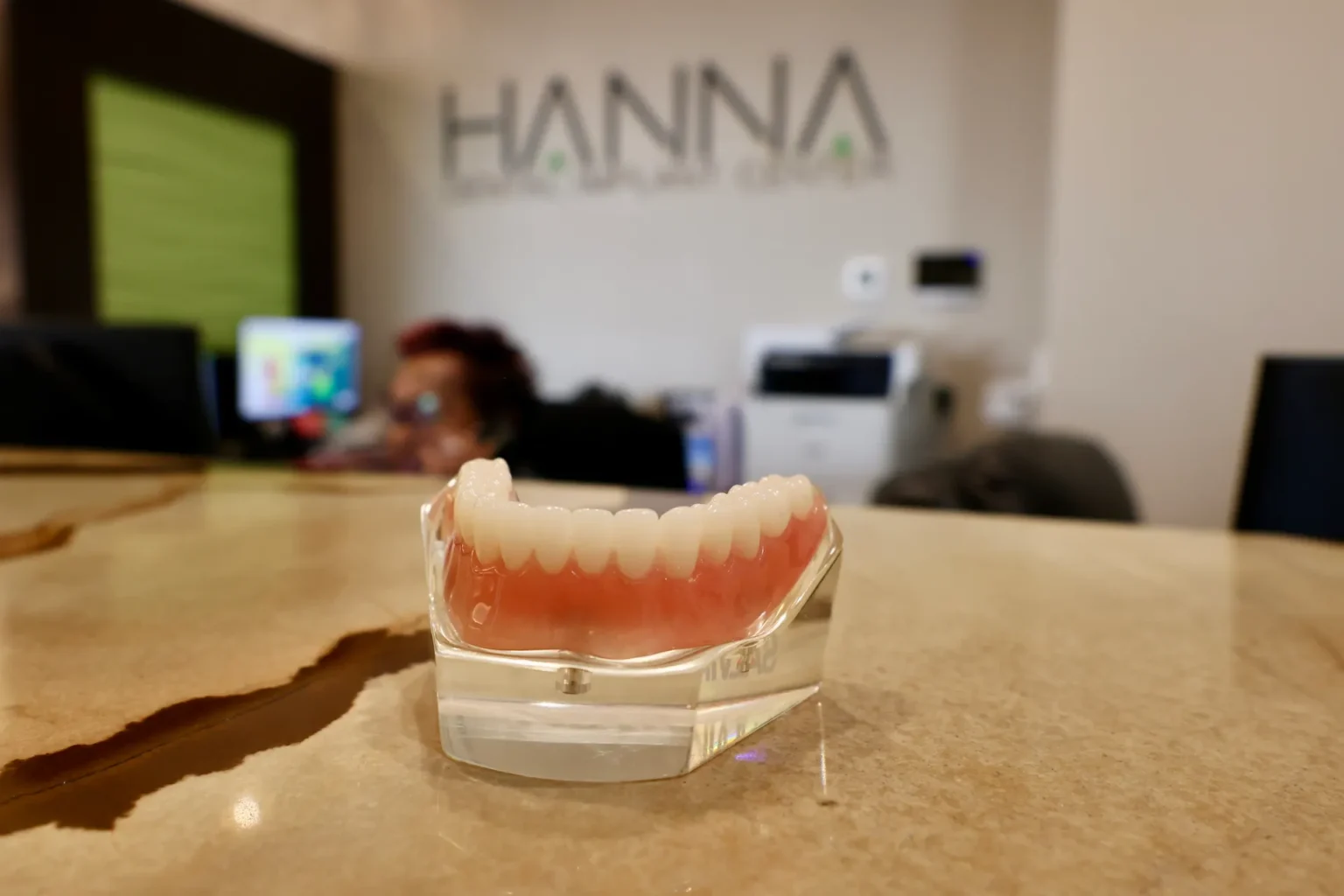If you’ve been considering dental implants, you’ve likely come across dental abutments- but what is a dental abutment?
The dental implant procedure typically involves multiple steps and components. It begins with an initial consultation with a dentist or oral surgeon to assess the patient’s oral health and determine if they are a good candidate for dental implants.
The next step is to place the implant in the jawbone, followed by a dental implant abutment. Once the abutment is placed, a crown or bridge is then attached. This secure connection between the implant and abutment ensures a successful outcome for the dental implant procedure.
And that’s your short answer, but if you want to understand more about a dental implant, the rest of the article delves into everything you need to know about a dental implant abutment. Let’s dive in.
What is a Dental Implant Abutment?

A dental implant abutment is a small component placed on top of a dental implant fixture. It acts as a connector, allowing for the secure placement of the restoration, such as a dental crown, bridge, or denture.
The dental implant abutment plays an essential role in supporting the final restoration. It provides a stable base for the restoration, creating a secure and long-lasting connection between the implant fixture and the restoration, making it an integral part of the implant procedure.
There are two types of abutments, so let’s find out more.
Stock abutments vs. custom abutments
| Stock abutments | Custom abutments |
| Pre-made and readily available | Made specifically for the patient’s unique dental anatomy |
| More affordable | More expensive |
| Not custom made so may not be an exact fit | More precise fit |
| May not fit in aesthetically | Better aesthetic fit |
A dental implant abutment is a small metal post that connects the dental implant to the crown or denture. Two types of abutments are available for use with dental implants: stock abutments and custom abutments.
- Stock abutments are pre-made and readily available, while custom abutments are made specifically for the patient’s unique dental anatomy.
- Custom abutments are more expensive than stock abutments but provide a more precise fit and better aesthetic results.
Both types of dental implant abutments are typically made from titanium, zirconia, or a combination of both materials.
Titanium is the most commonly used abutment material due to its strength and biocompatibility. Zirconia is a newer material that is becoming increasingly popular due to its aesthetic properties. Zirconia abutments are also more resistant to wear than titanium abutments. Both materials are hypoallergenic and biocompatible, making them safe for use in the mouth.
The Importance of a Dental Implant Abutment
A dental implant abutment is an integral part of the dental implant process. It is a metal post that serves as a connection between the implant and the dental crown. Without the abutment, attaching the crown to the implant and completing the restoration would be impossible.
Abutments are made from titanium alloy, a biocompatible material that won’t cause a reaction in the body. It also provides superior strength, ensuring the dental implant lasts many years.
The importance of the abutment is clear:
- It provides the necessary connection between the implant and the crown.
- It ensures that the crown is stable and secure, preventing slipping or shifting.
- It serves as the foundation for the crown, providing a strong and durable base that will last for years.
- It is made from a biocompatible material, so it will not cause any adverse reactions in the body.
The Process of Placing a Dental Implant Abutment

The process of placing a dental implant has simplified over time, but placing a dental implant abutment is a multi-step process that involves careful planning and precise execution.
Placing the implant
The first step is to place the implant into the jawbone surgically. This is done under anesthesia so the patient will not feel pain or discomfort.
Attaching the abutment
Once the implant is in place, the dentist will attach the abutment to the implant.
Making a crown
Next, the dentist will take an impression of the abutment and use it to create a customized crown.
Placing the crown
Finally, the crown is placed onto the abutment and secured with a screw. This will complete the process of placing a dental implant abutment.
Maintaining and Caring for Dental Implant Abutments
Dental implant abutments need proper care and maintenance to ensure longevity. Here are some ways you can ensure your abutment lasts a lifetime.
Daily oral hygiene practices for implant abutment care
Maintaining a dental implant abutment requires diligent oral hygiene. You should brush twice daily and floss once daily, using products designed for use with implants. Using an antimicrobial rinse can help prevent the buildup of bacteria and debris around the abutment, which can cause gum inflammation, bad breath, and other issues.
Regular dental check-ups and professional cleanings
A dental implant abutment is a small connector device that helps to secure a dental implant into the jawbone. Regular dental visits are crucial to ensure the ongoing health of the abutment and the implant. By monitoring the abutment, any potential issues can be addressed promptly, and the implant can be protected from further damage.
FAQs
What is the difference between a dental implant and an abutment?
A dental implant is a titanium post surgically inserted into the jawbone and serves as the foundation for a replacement tooth or teeth. An abutment is a small connector piece placed on top of the implant and connects the implant to the replacement tooth or teeth.
What stage is dental implant abutment?
The abutment is a part of the dental implant process and is the third and final stage. After the implant is placed and has healed, the abutment is placed on top of the implant and serves to attach the implant to the replacement tooth or teeth. The abutment is also typically placed with the implant to hold either the temporary or the final restoration.
Do you get the implant and abutment at the same time?
This will depend on your circumstances. Some cases allow for same day implant and abutment placement, while others need two separate procedures.
How long does it take for a dental implant abutment to heal?
It typically takes 3-4 months for the abutment to heal. During this period, the implant and abutment must be monitored closely to ensure proper healing and integration with the jawbone.
What is a Dental Implant Abutment?
A dental implant is a titanium post surgically inserted into the jawbone and serves as the foundation for a replacement tooth or teeth. The abutment is a critical part of the implant process, and plays an important role in restoring your smile.
If you are looking for the highest quality dental implant services in Houston from a specialist with a proven track record, then look no further than Hanna Dental Implant Center!
Contact us and schedule a consultation today.



